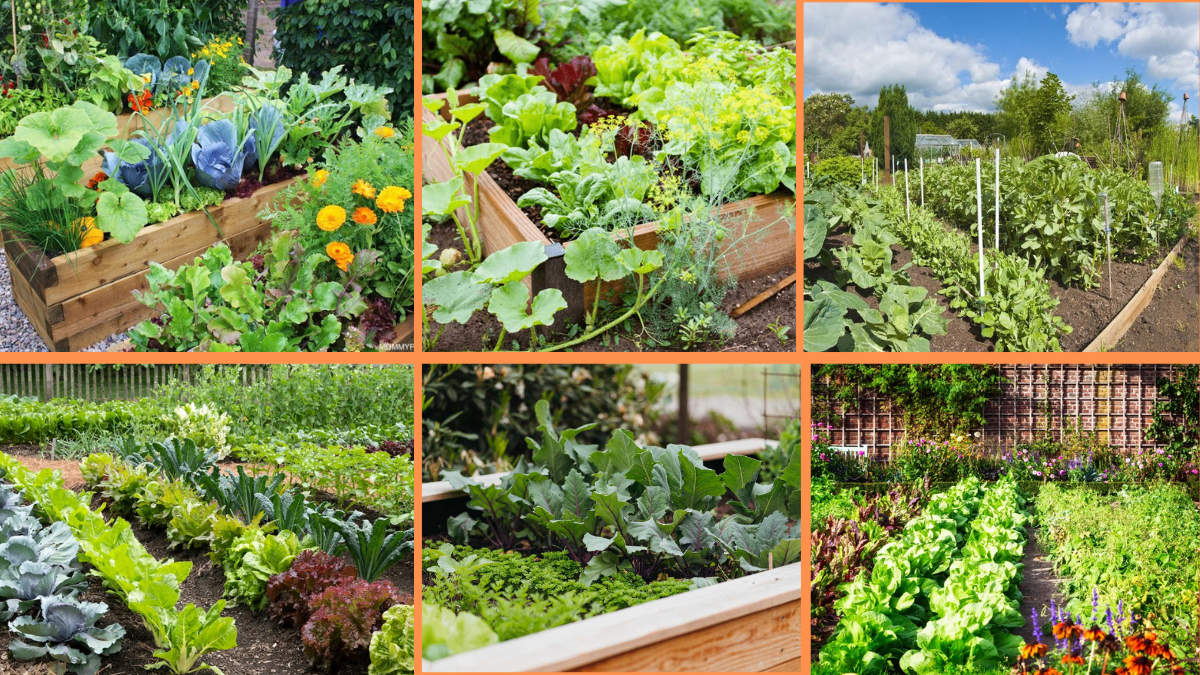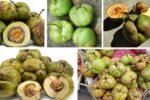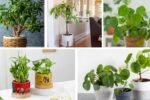Who says a vegetable garden has to be purely practical? Combining flowers with vegetables isn’t just about adding beauty — it’s also a clever way to naturally improve your harvest, attract pollinators, and create a healthier, more resilient garden.
Whether you’re a seasoned gardener or just dipping your toes into growing your own food, this guide will show you how to successfully start a vegetable garden with flowers. Let’s explore 10 valuable tips to get you growing smarter and more beautifully this season.
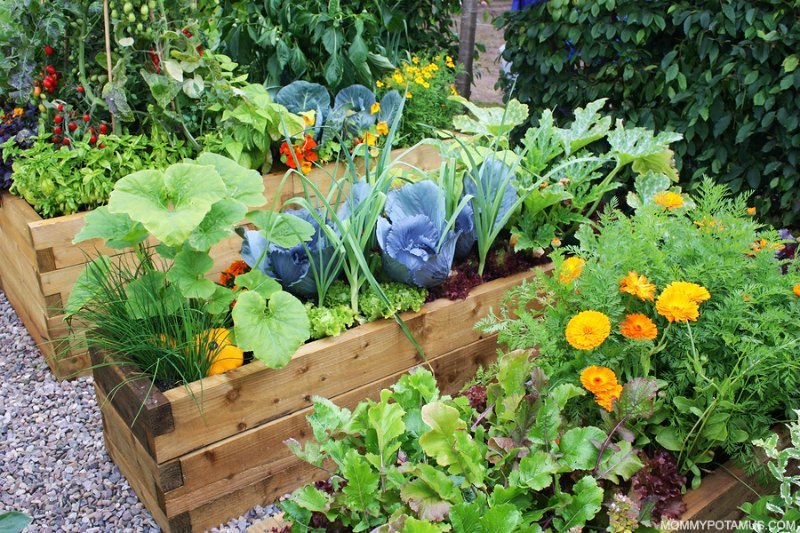
Why Combine Flowers and Vegetables in the Garden?
Before we jump into the how-to, let’s talk about the why. Mixing flowers with veggies offers several surprising benefits:
- Attract Pollinators: Bees, butterflies, and beneficial insects are drawn to flowers, increasing pollination for your vegetables like tomatoes, squash, and cucumbers.
- Repel Pests Naturally: Certain flowers deter harmful pests and act as natural insect repellents.
- Improve Soil Health: Some flowering plants fix nitrogen or improve soil structure, helping veggies thrive.
- Add Beauty and Color: A vibrant, flowering garden is visually uplifting and makes your veggie patch more enjoyable.
- Create Biodiversity: Encouraging a variety of plants promotes a balanced ecosystem, reducing the need for synthetic pesticides or fertilizers.
Ready to create a productive and picturesque garden? Let’s get into the details.
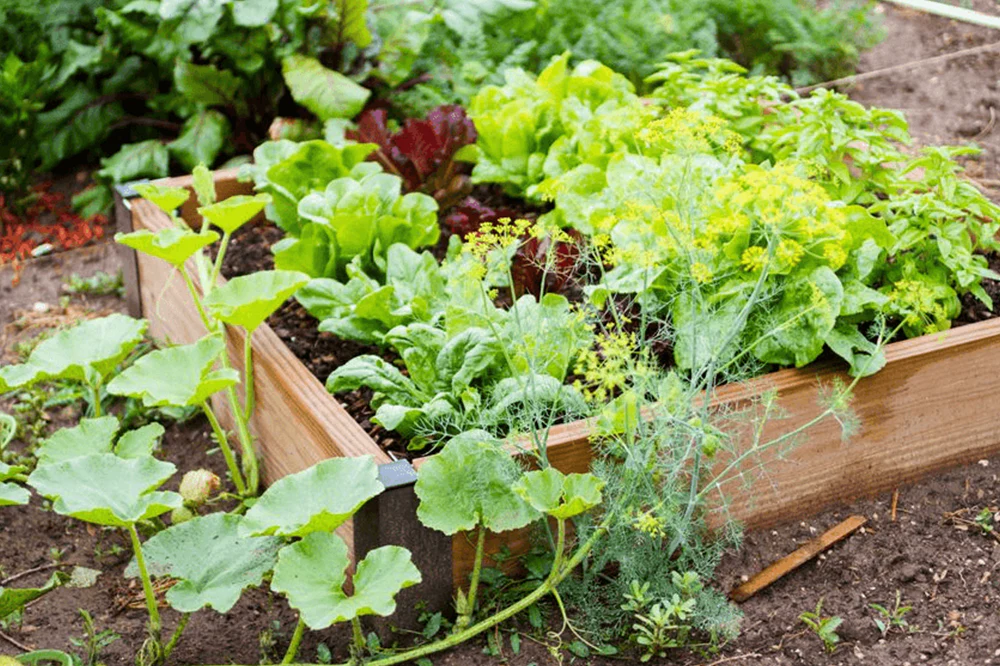
1. Plan Your Layout Thoughtfully
The secret to a successful mixed garden starts with good planning. Decide whether you want:
- Interplanted beds: Mixing flowers and veggies within the same rows or beds
- Border plantings: Planting flowers around the perimeter of vegetable plots
- Container combinations: Using pots with both flowers and edible plants
Consider the mature size, growth habits, sunlight needs, and watering preferences of your chosen plants. This ensures everything grows harmoniously without overcrowding.
Pro tip: Taller plants like sunflowers or trellised beans can provide shade for cool-season flowers like pansies or violas in the summer.
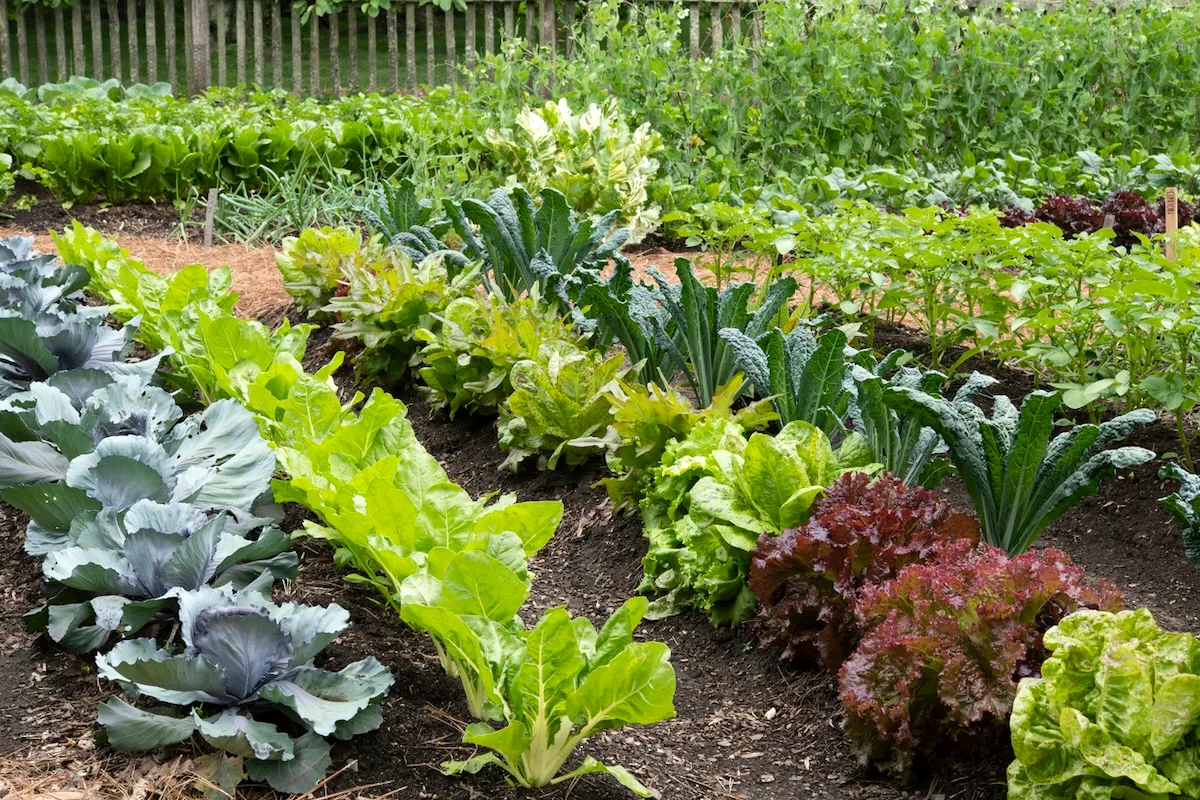
2. Choose the Right Flowers for Companion Planting
Not all flowers are equally helpful in a vegetable garden. Opt for varieties known to attract beneficial insects, repel pests, or improve soil health.
Great flowers for vegetable gardens:
- Marigolds: Deter nematodes and aphids; attract pollinators
- Nasturtiums: Trap pests like aphids away from vegetables
- Zinnias: Attract butterflies, bees, and ladybugs
- Calendula (Pot Marigold): Natural pest repellent; edible petals
- Sunflowers: Attract pollinators and birds that eat pests
- Borage: Draws pollinators and deters tomato worms
Choose a mix of early, mid, and late-season bloomers to ensure continuous color and protection.

3. Stagger Planting Times
To keep your garden lively and flowering through the entire growing season, stagger planting times for your flowers.
Early bloomers: Pansies, violas, snapdragons
Summer bloomers: Marigolds, zinnias, cosmos
Late bloomers: Asters, sunflowers, calendula
This ensures a steady supply of blooms for pollinators and a continuous splash of color amidst your ripening veggies.
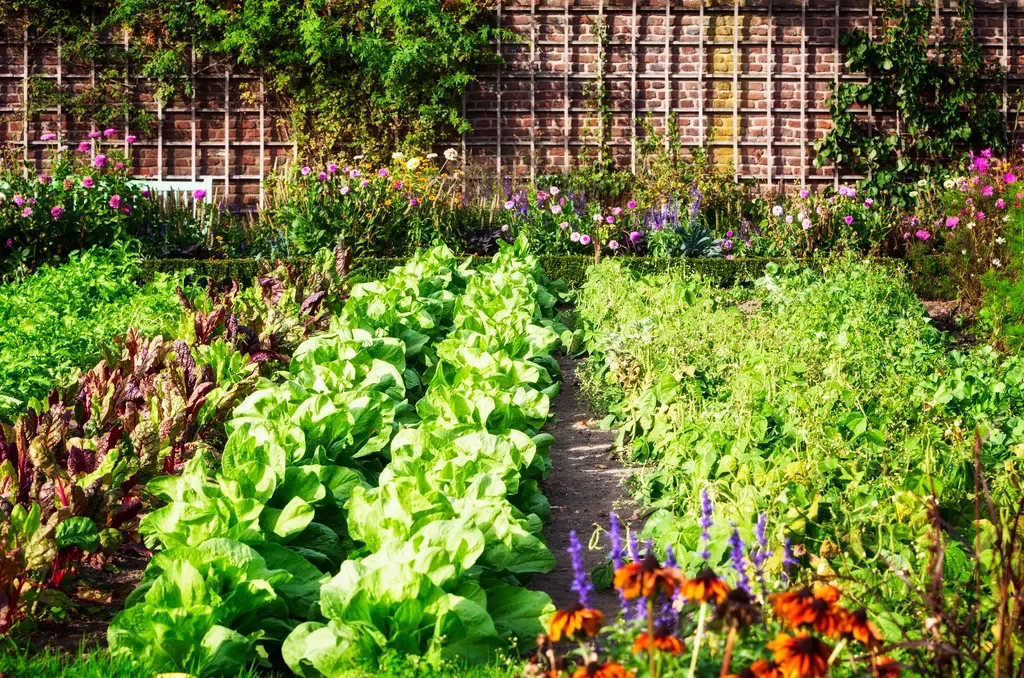
4. Use Flowers as Natural Pest Control
Many flowers act as companion plants by repelling unwanted bugs or attracting predatory insects that feast on pests.
Examples:
- Marigolds: Known to repel aphids, nematodes, and whiteflies
- Lavender: Repels mosquitoes, moths, and fleas
- Nasturtiums: Trap aphids and flea beetles, drawing them away from vegetables
- Chrysanthemums: Contain pyrethrum, a natural insecticide
Strategically place these flowers near vulnerable crops like tomatoes, peppers, or brassicas.

5. Attract Pollinators with Colorful Blooms
Many vegetables rely on pollination for fruit production, so having flowers nearby boosts yields.
Top pollinator-attracting flowers:
- Zinnias
- Echinacea (coneflowers)
- Bee balm
- Black-eyed Susans
- Borage
Plant these near cucumbers, squash, melons, and tomatoes to encourage bees, butterflies, and hoverflies to visit your garden daily.
6. Improve Soil with Flowering Cover Crops
Certain flowering plants also act as green manure or cover crops, adding nutrients and improving soil texture.
Examples:
- Clover: Fixes nitrogen and attracts bees
- Alyssum: Attracts beneficial insects and covers bare soil to prevent weeds
- Buckwheat: Quick-growing, improves soil, and attracts pollinators
Once their growing season ends, these plants can be cut down and turned into the soil for added organic matter.
7. Optimize Plant Height and Growth Habits
When mixing flowers and veggies, consider plant heights and growth patterns to avoid competition.
Tips:
- Plant tall flowers like sunflowers or hollyhocks at the north or east side of your garden to avoid shading shorter crops.
- Use low-growing flowers like marigolds or nasturtiums along the edges or between rows of vegetables.
- Consider climbers like morning glories or sweet peas on fences or trellises to add vertical interest.
8. Embrace Edible Flowers
Why not double the harvest? Many flowers are both beautiful and edible, adding color and flavor to your kitchen.
Edible flowers to grow alongside vegetables:
- Nasturtiums: Peppery leaves and blooms
- Calendula: Bright, edible petals for salads and baking
- Borage: Cucumber-flavored blue flowers
- Chive blossoms: Mild onion taste
- Violets and pansies: Delicate flavor and great garnish
Harvest in the morning when flowers are freshest, and avoid flowers treated with chemicals.
9. Use Mulch to Protect Both Flowers and Vegetables
A layer of organic mulch (straw, shredded leaves, or grass clippings) helps maintain soil moisture, suppress weeds, and regulate temperature for both veggies and flowers.
Benefits:
- Protects plant roots during hot weather
- Reduces water evaporation
- Prevents soil compaction from rain
- Creates a neat, tidy garden appearance
Bonus: Mulch also offers a habitat for helpful insects like ground beetles and spiders.
10. Rotate and Refresh Each Season
To keep your soil healthy and pests at bay, practice crop rotation and refresh your flower varieties each year.
Why it matters:
- Prevents soil nutrient depletion
- Reduces buildup of pests and diseases
- Keeps your garden looking fresh and interesting
Rotate vegetables and flowers to different parts of the garden and experiment with new flower types or color combinations every growing season.
Final Thoughts
A vegetable garden with flowers is one of the most rewarding and productive garden designs you can create. It’s functional, eco-friendly, and bursting with life and color. By following these 10 practical tips — from smart plant pairing to soil care and natural pest control — you’ll cultivate a vibrant, thriving garden that looks as good as it tastes.
Whether you’re growing food for your table or blooms for your soul, there’s no reason you can’t have both.
Would you like a sample planting layout or a list of edible flowers to try? Let me know — I’d be happy to help!
